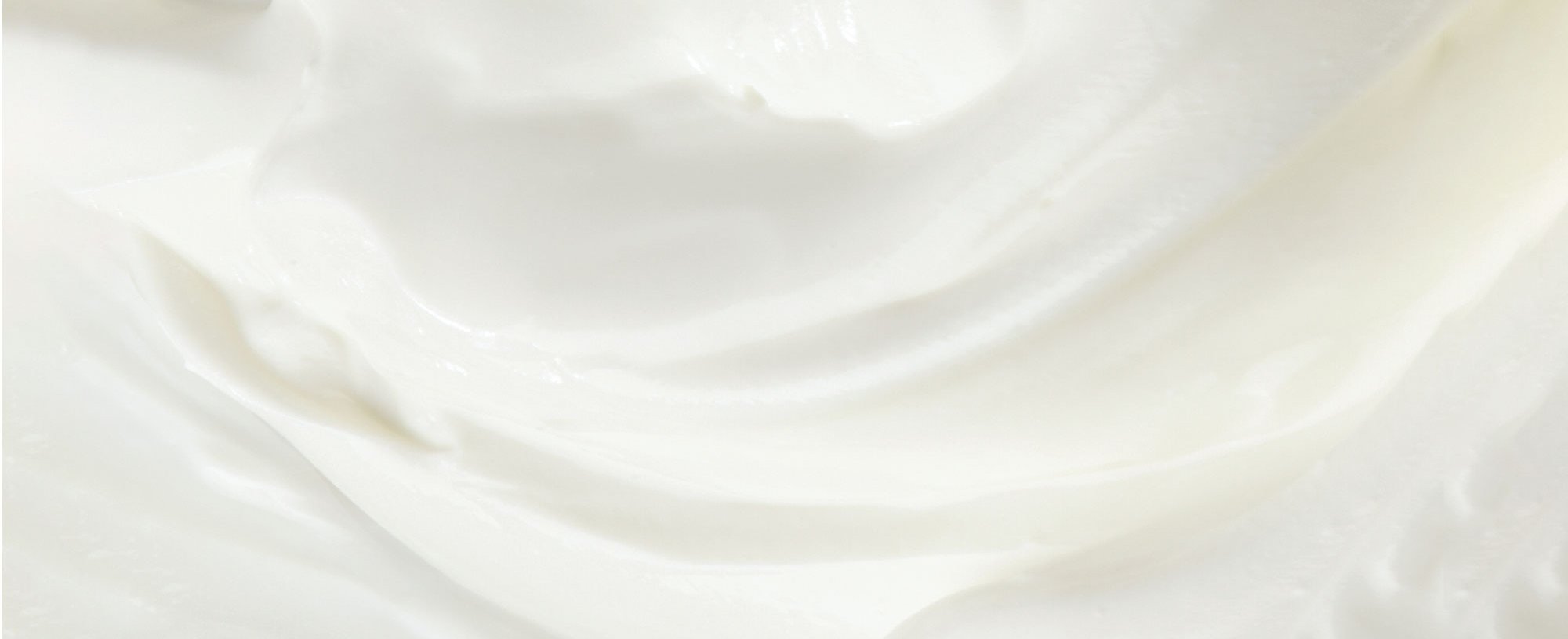You're well-versed in trendy hair color terms like balayage and shadow roots, but how well do you know your basics? You may have heard your colorist talking about single process color and double process color in the past, but if you're not quite sure what they meant, knowing what these two hair color processes entail can make picking your next mane makeover a breeze. Below, we’re giving you the 4-1-1 on what a single process color is vs. what a double process color is, as well as a few hair color ideas and hair color trends that fall under each category!
SINGLE PROCESS VS. DOUBLE PROCESS
What’s the difference? Allow us to detail how single process and double process colors differ by diving into the definitions of each.
WHAT IS SINGLE PROCESS COLOR?
Single process color is just what you’d imagine—a hair coloring process that can be achieved in a single step. This can be anything from an all-over permanent hair color, to highlights that don’t require toning, to a hair gloss.
5 SINGLE PROCESS COLOR IDEAS
Want more examples? Here are a few single process color ideas to try.
Single Process Color #1: Chocolate. A rich, warm chocolatey brown hair color can typically be achieved in a single session depending on your starting color. If you’re one to two shades from a chocolate brown hue, consider it to be your single process color match. To DIY it, use the L’Oréal Paris Féria in Bronzed Brown.
Single Process Color #2: Espresso lowlights. Like we said, as long as the color can be achieved with one step, it’s considered a single process color. Deep, dark espresso lowlights are a gorgeous way to add dimension for those with brown hair, and can typically be achieved without any toning or bleaching required.
Single Process Color #3: Dirty brunette. You’ve heard of dirty blonde, but what about dirty brunette? This trendy, low maintenance hair color adds golden blonde highlights to a brown base.
Single Process Color #4: Black sapphire. As far as all-over shades go, black sapphire is a sleek, trendy option if you want a single process color. The blue-tinted black hue will give your strands just the right amount of personality. DIY the color with the L’Oréal Paris Superior Preference Fade-Defying Shine Permanent Hair Color in Black Sapphire.
Single Process Color #5: Honey blonde highlights. Add some dimension to your mane with warm, honey highlights. As this blonde highlight option is warm in tone, you likely won’t need a toner after bleaching (depending on your starting color, of course), making it a gorgeous single process color.
WHAT IS DOUBLE PROCESS COLOR?
At this point, you can probably guess what a double process color is—two coloring services done in a single visit to achieve your desired outcome. This includes processes like using bleach to lighten and following with a toner or using a permanent hair color followed by a gloss or glaze.
5 DOUBLE PROCESS COLOR IDEAS
Need more instances that involve double process color? Read on!
Double Process Color #1: Chocolate lilac. New hair color trend? Don’t mind if we do. Chocolate lilac hair features a chocolate brown base with varying tones of lilac purple mixed throughout. To allow the lilac to truly stand out, your colorist will likely need to bleach your strands prior to adding a lilac hue, making it a double process color.
Double Process Color #2: Mushroom brown. One of the hottest hair colors for months on end, mushroom brown hair seems to be here to stay. The color involves varying shades of brown and gray to resemble the fungi it's named for. Since the color is meant to be ashy and cool-toned, your colorist will likely need to use toner after adding a range of highlights and lowlights to achieve the trend.
Double Process Color #3: Coral. Fun, bright vibrant colors like coral hair are going to require more than one coat of color. For coral hair in particular, bleach will be used to lighten your starting hair color before applying a bold coral permanent hair color overtop.
Double Process Color #4: Platinum. It’s no secret that icy, platinum blonde strands aren’t the easiest to achieve. Your colorist will first need to bleach your strands to remove their natural pigment—with more than one bleaching session likely being needed—as well as use a toner to keep the hue ice cold.
Double Process Color #5: Pastel. Feeling pastels? These light hues call for lightening your mane prior to applying your pastel hair color of choice.
Next: The Ultimate Guide to Different Types of Hair Dye







